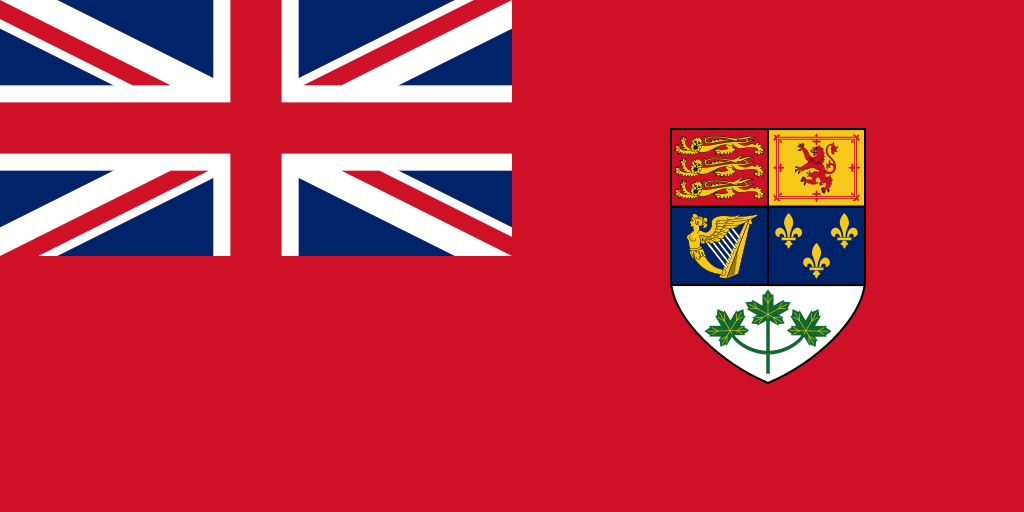Reading Eagle (February 16, 1941)
CANADA HAD VITAL ROLE
….
7% of pilots trained for RAF are U.S. citizens
….

New York, Feb. 16 (INS) –
Canada is playing a vital and surprisingly varied role in the war effort of the British Commonwealth, a survey by the British press service has revealed.
Besides being a great storehouse for food and raw materials, Canada can boast a growing industry for the machines of war and, as a full-fledged nation, can put in the field a full roster of armed forces. The Canadians have their own air force, their own navy and an army which is now being largely trained and equipped within their own borders. Even more important, all three services are in a fair way to being served by a domestic armaments industry which make them in many respects independent of Great Britain.
The Empire training program is probably Canada’s most significant contribution to the Commonwealth war organization. This program, whereby flyers are being trained for the growing air armadas, is also shared with Australia and New Zealand, but the brunt, both of cost and of organization, is borne by Canada. According to a high Canadian official, Canada is contributing $360,000,000 of a total cost of $600,000,000. 36,000 pilots, observers, gunners, ground crews are now training under the plan in Canada. About 7% of the men who fly – the pilots, observers and gunners – are U.S. citizens and the rest Canadians (Anglo and French), Scots, Irish, Australians.
Trained air personnel
According to the same source, by the end of this year Canada will be sending airmen to Britain “by tens of thousands.” 50 flying schools are now in operation and the program will finally have 83. The fall of France resulted in a speeding up of the schedule so that all airfields, hangars and school buildings scheduled for 1941 were to have been completed by the end of 1940. The plan calls for 67 training schools and 16 supplementary schools with 88 airfields of which 60 are new. The program is already turning out graduates. On December 26, the first contingent of Australian graduates who finished their training in Canada, and the third contingent of Canadians, arrived in London ready for active service.
The Royal Canadian Air Force is separate from the Empire training program although fed by it. Expanding rapidly since the outbreak of war, it consisted (as of January 1, 1941) of more than 40,000 men. Three squadrons of the RCAF are in Britain and, in December, had brought down 71 enemy planes. Besides this, however, there are over 1,000 Candians serving in the RAF, which boasts one all-Canadian squadron.
U.S. planes used
No air force or training scheme could function without the backing of an aircraft industry. In the first months of the war, the Canadians relied on Great Britain to supply them, but after the fall of France when shipments were suspended, they turned for help to the United States. In consequence, much of the training work is done on planes manufactured in the United States, such as the North American Harvards. In October alone, 102 planes were shipped from the United States to Canada. But beside this help from south of the border, Canada is developing its own aircraft industry. Although aircraft production figures are not available, it is known that the Canadian-built Hurricane fighters arrived in England as long ago as February of last year. Hampden bombers are also being built in the dominion. The output of planes is expected to reach about 360 a month early this year.
According to the latest official figures, the Canadian Army has between 50,000 and 60,000 men overseas. Two divisions are serving in Britain and there are detachments in Iceland, Bermuda and the West Indies. A third and fourth division are now virtually ready and are being trained and equipped entirely within Canada’s own equipment. Altogether, the Canadian Army comprises 167,000 men with a reserve of 100,000 now increasing at the rate of 30,000 a month.